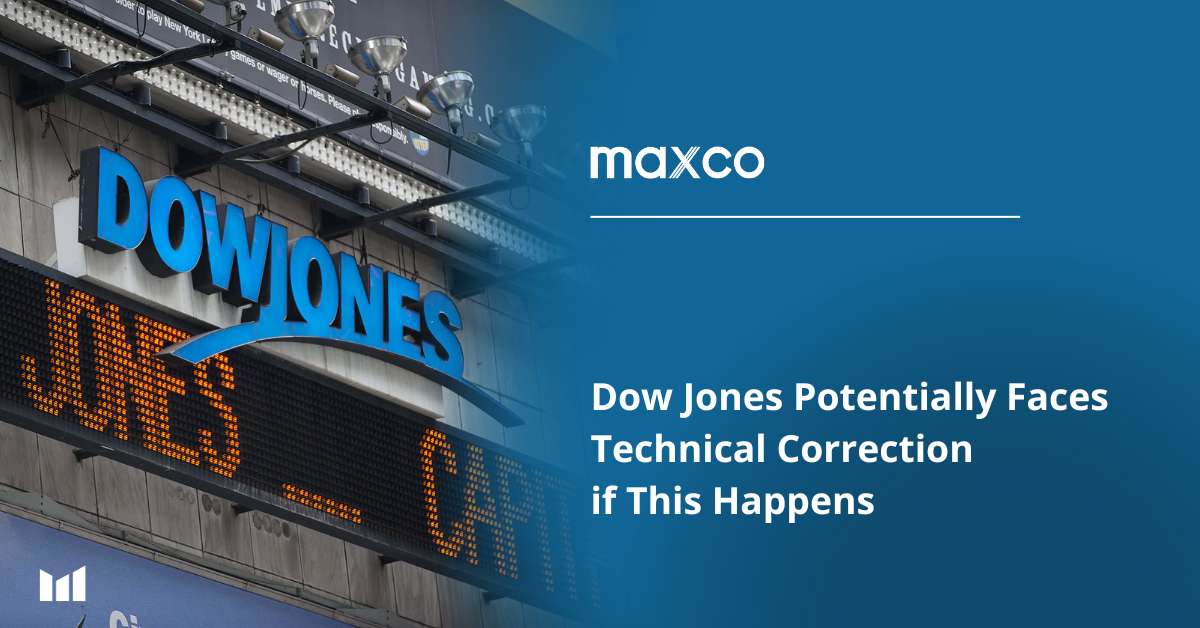The U.S. stock market, particularly the Dow Jones Industrial Average (DJIA), is currently under the shadow of significant uncertainty ahead of the planned imposition of additional import tariffs set to take effect in August 2025. This policy, part of President Trump’s new protectionist strategy, has sparked concerns among global investors over its potential widespread economic and financial impacts.
Tensions have been escalating since the White House officially announced plans to impose tariffs of up to 35% on various strategic commodities, including steel, automotive products, and electronic components from China and the European Union. Since then, the market has begun showing signs of stress, as reflected in increased volatility and the weakening of major industrial stocks that are highly dependent on global supply chains.
On Wall Street, market participants are recalling events from April 2025, when the Dow Jones plummeted by more than 1,700 points in just two trading days following the announcement of the first “reciprocal” tariffs. Market value losses during that period exceeded $3 trillion, underscoring how sensitive the index is to unilateral trade policy pressures.
The growing narrative highlights that the greatest concerns are not only about the potential rise in imported goods prices—which could suppress consumer purchasing power—but also about the risk of retaliation from major trade partners. Countries such as China and Germany have already signaled their readiness to respond with similar measures should the tariffs be implemented.
Meanwhile, key sectors within the Dow Jones—namely industrials, technology, and manufacturing—are expected to be directly affected. Rising input costs due to tariffs could erode profit margins, trigger downward revisions in corporate earnings projections, and ultimately weigh on stock valuations. The pressure could worsen if the central bank, the Federal Reserve, does not respond swiftly with more aggressive monetary easing.
However, the Fed itself is in a challenging position. With inflationary pressure still high following early-year fiscal stimulus and continued wage growth, the room for interest rate cuts is limited. If the Fed maintains its hawkish stance, the burden on the stock market could increase further.
Economists estimate that if the tariff policy is implemented without adjustment or proper trade dialogue, the Dow could experience a correction of 5% to 10% within the first few weeks of August. Moreover, should the market respond with panic selling, a deeper correction cannot be ruled out—especially if economic data begins to deteriorate.
Experts from Edward Jones research institute describe the tariff policy as a “double-edged sword.” On the one hand, it might strengthen the United States’ bargaining position in trade negotiations, but on the other, it could erode investor confidence and slow down the post-pandemic economic recovery momentum. “Markets don’t like uncertainty. And tariffs are a tangible form of uncertainty,” said their market analyst in a recent interview.
So far, investors remain hopeful that some form of compromise or negotiation can ease tensions. However, with August fast approaching, pressure on the Dow Jones and the broader market is expected to remain high. Moving forward, the index’s direction will likely be heavily influenced by diplomatic developments and policy signals from the Federal Reserve.

Market Fear Lingers Following the April 2025 U.S. Stock Sell-Off
The author views the recent upside movement in the Dow Jones as a case of limited gains, with fear of a potential sell-off looming due to the fundamental impact following the implementation of additional import tariffs. The current rally in Dow Jones futures is supported by positive earnings reports throughout July 2025. Price movement potential is likely to peak during the final week of the month, coinciding with the largest wave of earnings releases in July.
